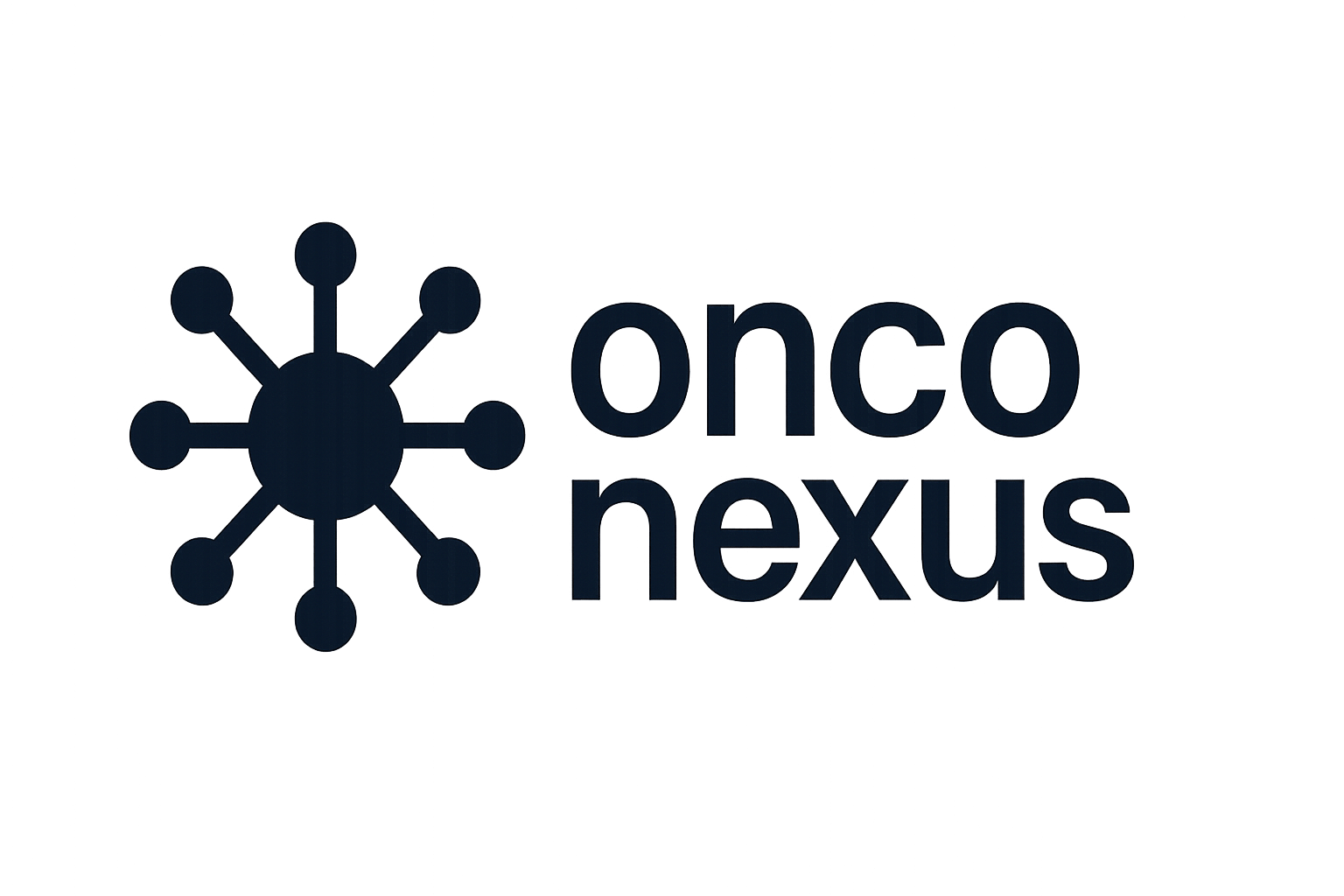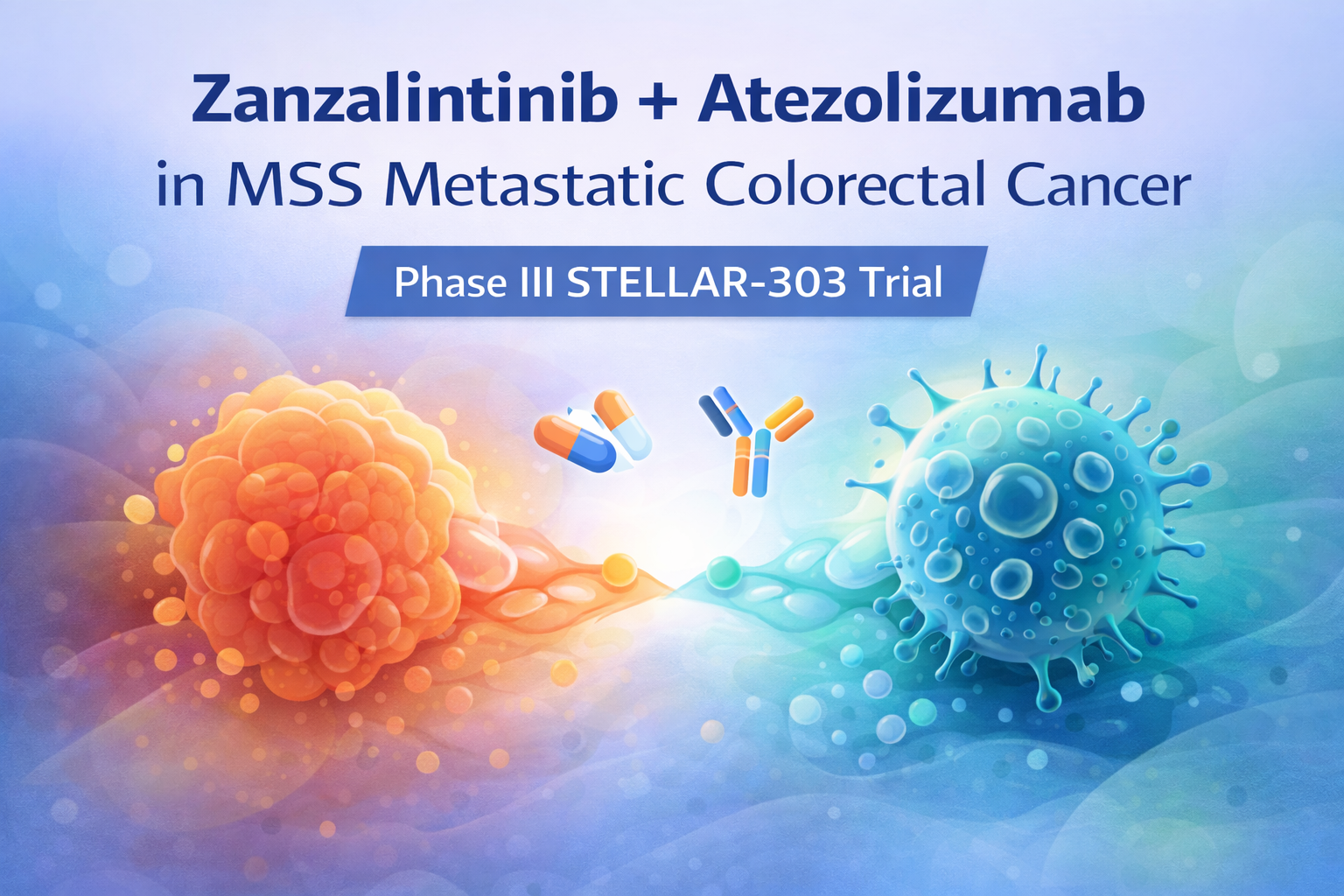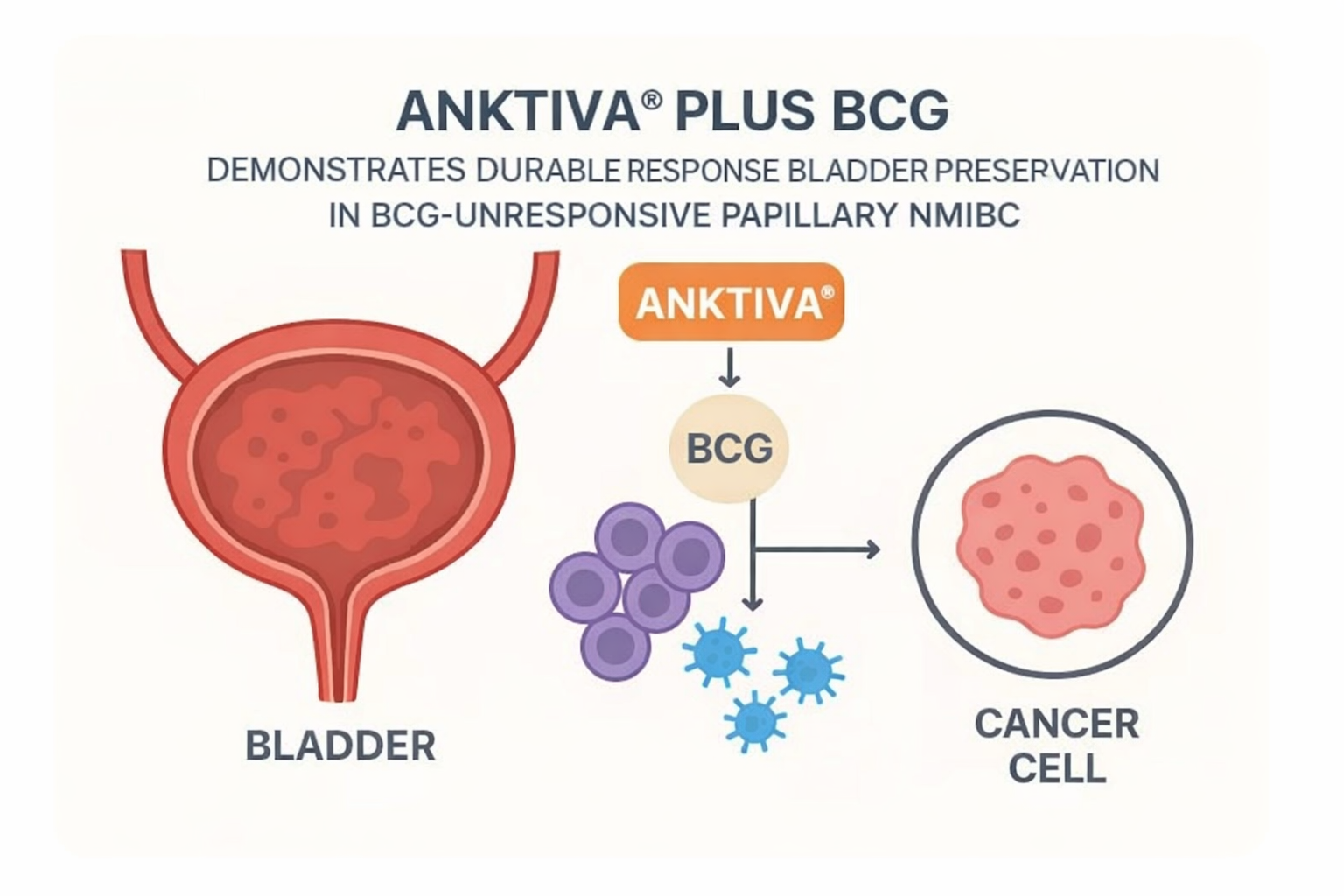

Trimodal therapy (TMT) for muscle-invasive bladder cancer provides modest quality of life benefits but is not cost-effective compared to radical cystectomy due to significantly higher treatment costs ($464,291 per quality-adjusted life year at 5 years). Policy initiatives to reduce TMT costs are needed to improve its value proposition in clinical practice.

Study Design & Population
- Study Type: Economic evaluation using microsimulation model with 5- and 10-year time horizons
- Population: Index patient aged 71 years with clinical stage T2-4aN0M0 muscle-invasive bladder cancer
- Inclusion Criteria: Solitary tumor <7 cm, no/unilateral hydronephrosis, adequate bladder function, lack of multifocal carcinoma in situ
- Exclusion Criteria: Patients unfit for radical cystectomy, radiation, or cisplatin-based chemotherapy
- Perspective: Medicare payer perspective, 2021 US dollars
Key Findings
- 5-Year Costs: TMT $71,014 vs RC $40,489 (difference: $30,525 higher for TMT)
- 5-Year QALYs: TMT 3.94 vs RC 3.87 (modest quality of life advantage for TMT)
- Cost-Effectiveness: TMT ICER $464,291 per QALY at 5 years, $308,638 per QALY at 10 years
- Threshold Analysis: TMT would become cost-effective if costs reduced to <$17,605 or if it provided 11.6% improvement in metastasis-free survival
- Probabilistic Analysis: RC cost-effective in 87% of simulations at 5 years, 79% at 10 years
Clinical Implications
- TMT remains a viable option for carefully selected patients who prioritize bladder preservation and quality of life
- Current TMT costs significantly exceed accepted willingness-to-pay thresholds ($100,000 per QALY)
- Patient counseling should include detailed discussions of long-term cost-benefit tradeoffs between treatments
- Healthcare policy interventions needed to address rising costs of bladder cancer care
Limitations
- Model Assumptions: Based on retrospective data with inherent selection bias
- Treatment Standardization: Assumes uniform TMT regimens despite real-world practice variation
- Oncologic Equivalence: Model assumes similar cancer-specific survival between treatments based on limited comparative data
- Cost Variations: Significant geographic and healthcare system cost differences not fully captured
Source: https://jamanetwork.com/journals/jamanetworkopen/fullarticle/2835469



